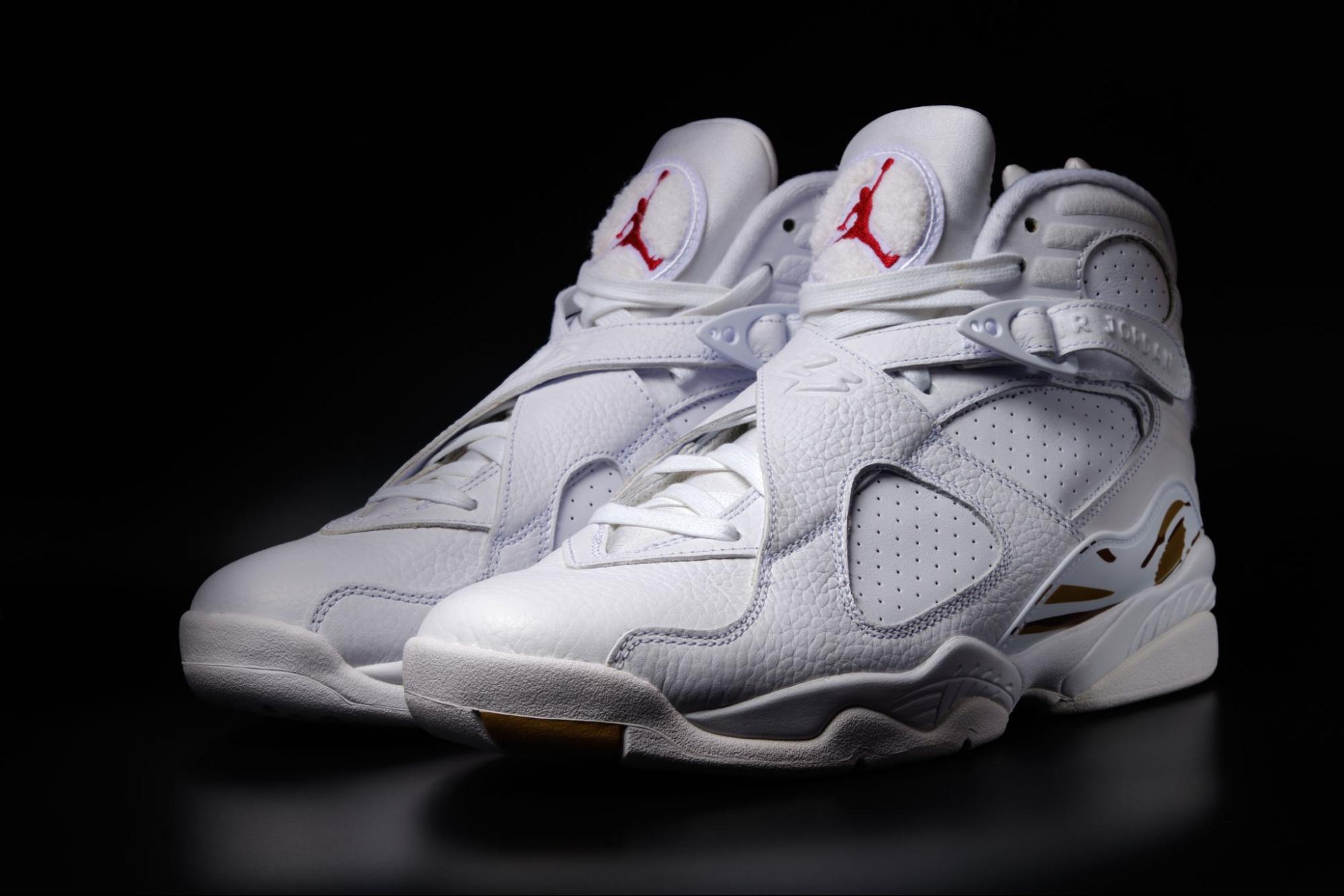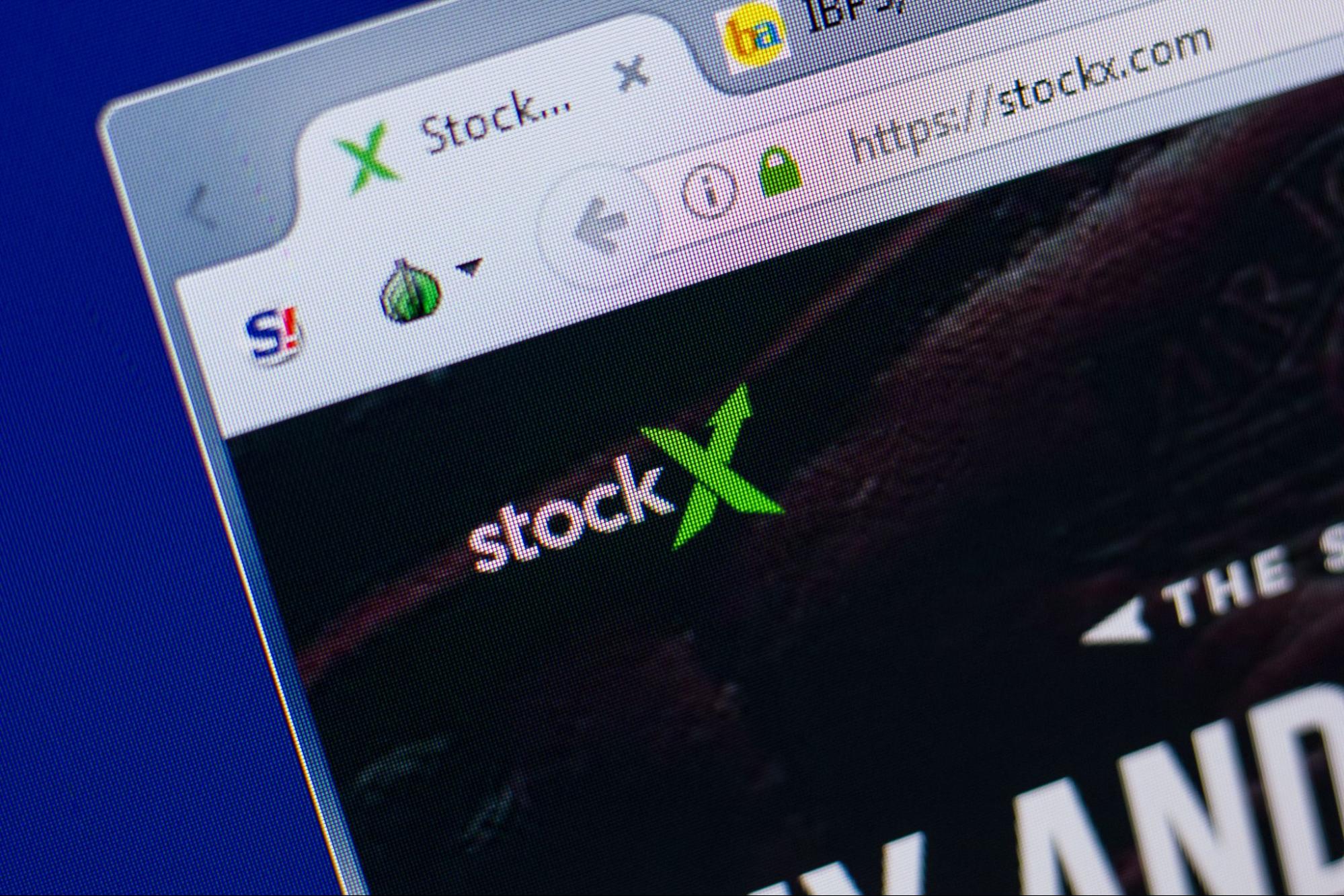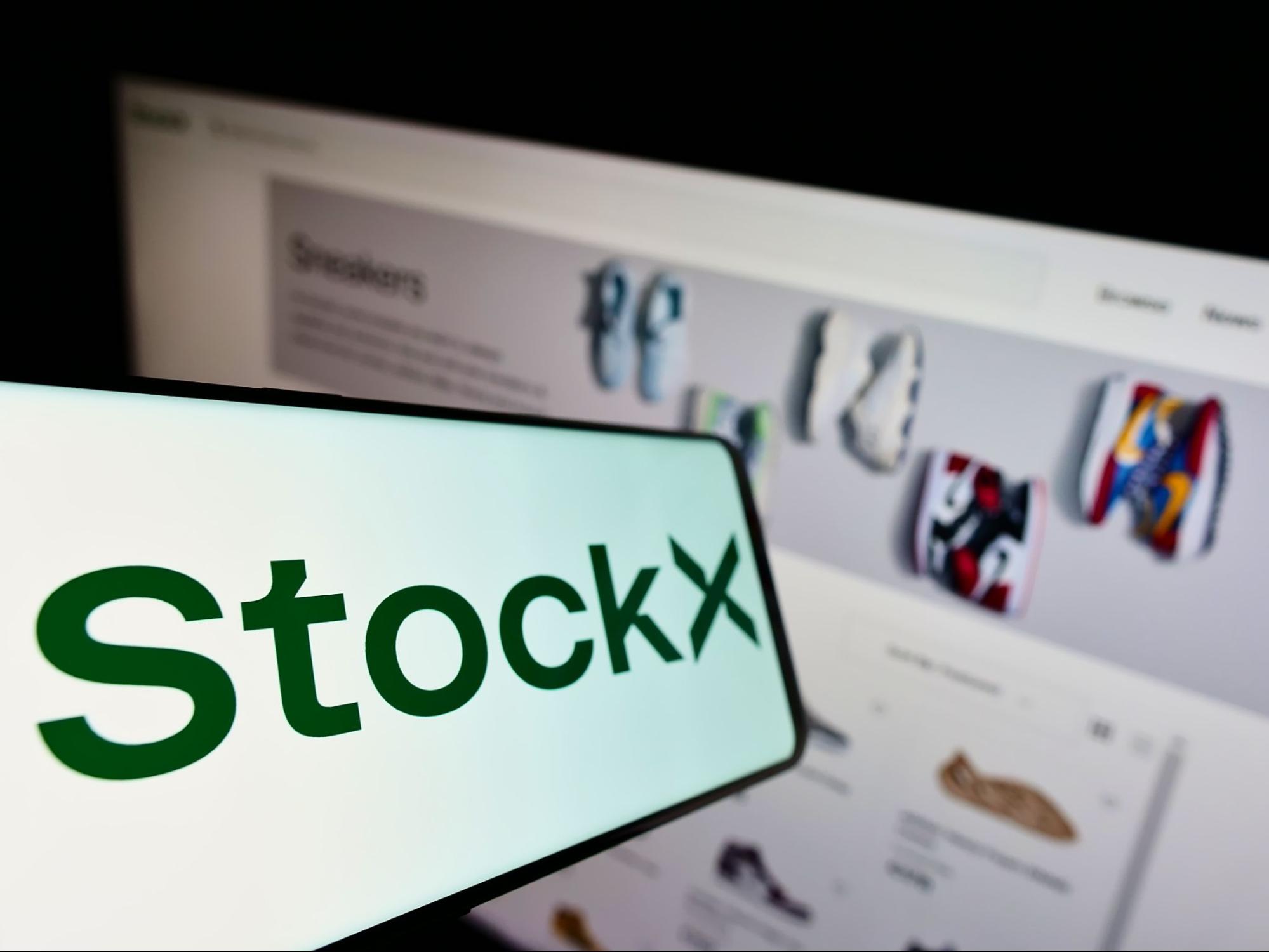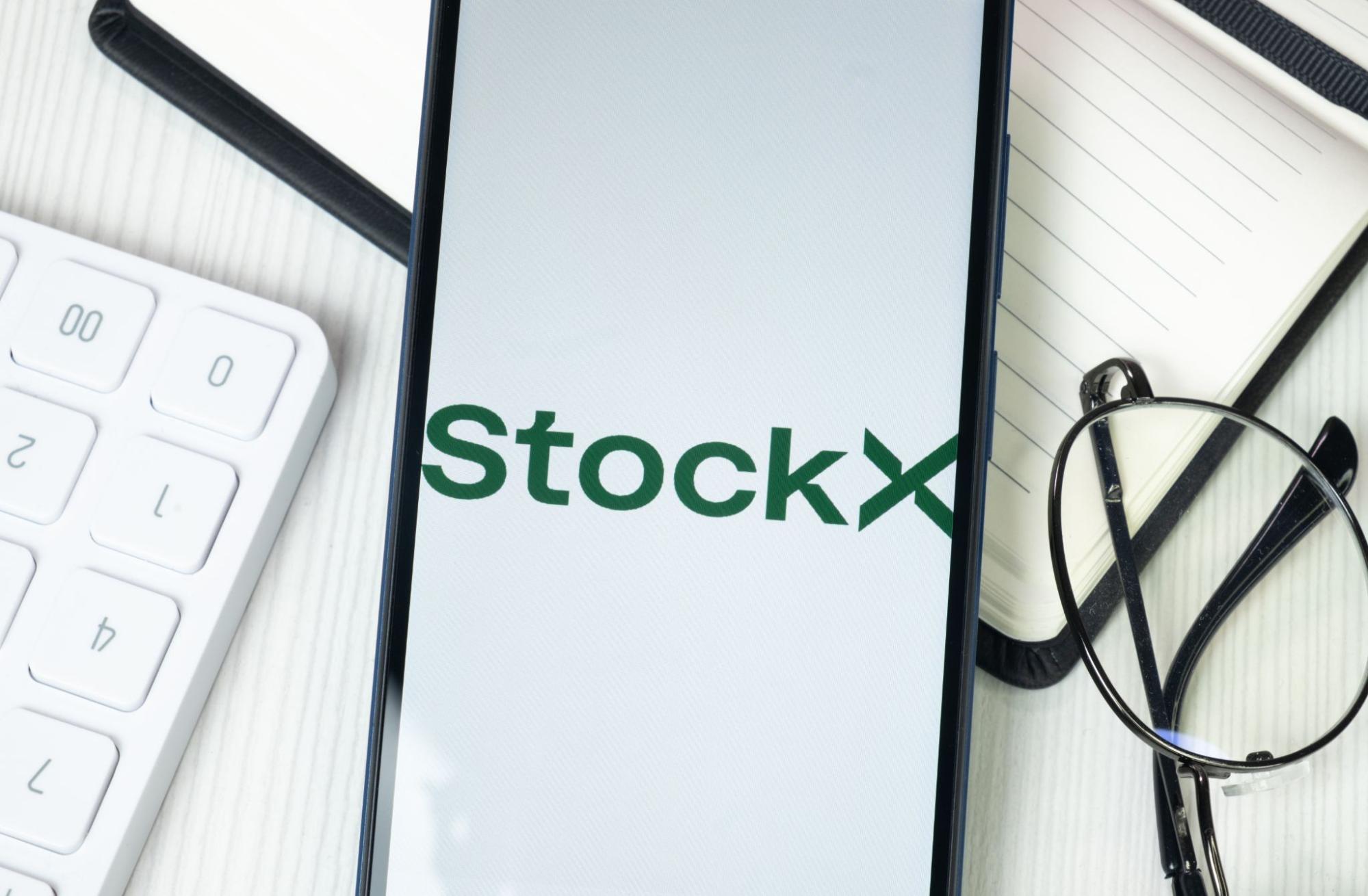The sneaker resale market has exploded in popularity, turning a once niche hobby into a thriving industry. Platforms like StockX have revolutionized sneaker reselling by providing a transparent, data-driven marketplace where buyers and sellers can engage in real-time transactions. If you’re looking to profit from sneaker reselling on StockX, pricing your sneakers correctly is crucial. Set your price too high, and your sneakers might sit unsold for weeks. Price them too low, and you could leave money on the table. The key is to strike the perfect balance by analyzing market trends, leveraging StockX’s pricing model, and applying smart pricing strategies.
Understanding StockX’s Pricing Model
StockX functions as a live marketplace, meaning prices are dictated by supply and demand. Sellers list their sneakers at an “ask” price, while buyers place bids. When a buyer’s bid matches a seller’s ask, the transaction is completed automatically. Unlike traditional marketplaces where prices are set manually, StockX provides real-time data on market trends, allowing sellers to see exactly what sneakers are selling for at any given moment.
One of the best tools StockX offers is its sales history data, which lets you view the last sale price, price trends over time, and how much buyers are willing to pay. Using this information, you can make data-driven decisions to price your sneakers competitively.
Research Market Trends and Demand
To maximize your profits, you need to understand sneaker market trends. Not all sneakers have the same resale value. Some limited releases and collaborations can get prices well above retail, while others might struggle to sell.
Factors That Influence Sneaker Pricing:
- Hype and Popularity: Sneakers from high-profile collaborations (e.g., Travis Scott X Nike, Off-White X Jordan) typically command higher prices.
- Limited Supply: If a sneaker was released in limited amounts or had an exclusive drop, it’s more likely to increase in value.
- Historical Performance: Some sneakers, like classic Air Jordans or Yeezys, tend to hold their value over time.
- Condition and Authenticity: Deadstock (brand new, unworn) sneakers with original packaging always sell for the highest prices.
Before setting your price, use StockX’s analytics to check how your sneaker model has performed over time. If prices trend upward, you might consider holding onto your pair for a better return.
How to Set a Profitable and Competitive Price
- Check the Latest Sales Data: Review the “Last Sale” price and the current lowest “Ask” price on StockX before listing your sneakers. If your sneaker recently sold for $300, but the lowest current ask is $325, you can set your price accordingly to stay competitive.
- Compare the Highest Bid and Lowest Ask: The “Highest Bid” represents the most someone is currently willing to pay. If your goal is a quick sale, setting your ask price close to this bid can result in a faster transaction. Setting your price slightly above recent sales can yield a higher profit if you’re willing to wait.
- Consider Pricing Psychology: If similar sneakers sell for around $200, pricing yours at $199 can make it more attractive to buyers. Minor psychological pricing adjustments can make a difference in buyer behavior.
- Account for StockX Fees and Expenses: StockX charges sellers a transaction fee (usually 8-10%, depending on seller level) and a payment processing fee (3%). Make sure to calculate these fees when determining your final price.
Example Calculation:
- Selling Price:: $300
- StockX Fees (10% transaction fee + 3% processing fee): $39
- Shipping Costs: $10
- Final Profit: $251
To ensure profitability, factor these costs into your pricing strategy.
When to Sell vs. When to Hold
Best Times to Sell:
- Right After a Release: Prices are usually highest when demand is at its peak.
- Before a Restock Announcement: If a sneaker is rumored to restock, prices may drop, so selling before a restock is smart.
- During Peak Demand Seasons: Holidays and back-to-school seasons often see increased buyer activity.
When to Hold:
- If Demand is Steadily Rising: Some sneakers increase in value over time, especially if they are part of a limited edition or discontinued line.
- If Your Sneaker is Undervalued: If prices are below expected market value, consider holding until demand increases.
Advanced Pricing Strategies for Sneaker Resellers
If you’re serious about sneaker reselling, consider these expert strategies:
- Bulk Selling Strategy: If you have multiple pairs of the same sneakers, list them at staggered price points. For example:
- Pair 1: List at the lowest competitive ask for a quick sale.
- Pair 2: List slightly above the current market price and wait for appreciation.
- Predicting Price Trends: Use historical data from StockX to analyze sneaker value fluctuations. If a sneaker consistently rises in price after six months, consider holding onto pairs until demand peaks.
- Capitalizing on Regional Demand: Sneaker demand varies by region. While StockX operates globally, some sneakers are more popular in specific markets. Sellers may list at premium prices if demand is high in international markets.
- Using Social Media to Drive Sales: While StockX sets prices based on bids and asks, driving external demand through platforms like Instagram and Twitter can increase overall market interest, leading to higher resale prices.
Mastering Sneaker Pricing for a Profit
Pricing sneakers on StockX isn’t just about setting a number – it’s about understanding the market, leveraging data, and timing your sales effectively. By researching demand trends, monitoring pricing analytics, and using innovative strategies, you can maximize your profits while staying competitive.
Key Takeaways:
- Use StockX sales data to set informed prices.
- Factor in fees and shipping costs when determining profit margins.
- Time your sales strategically to capitalize on demand peaks.
- Consider holding valuable sneakers for long-term appreciation.
Stay Ahead of Sneaker Pricing Trends with Resale Pro
Want to stay ahead in the sneaker reselling game? Subscribe to the Resale Pro newsletter for expert insights, pricing strategies, and market trend updates. Learn how to maximize profits and build a successful sneaker reselling business!




